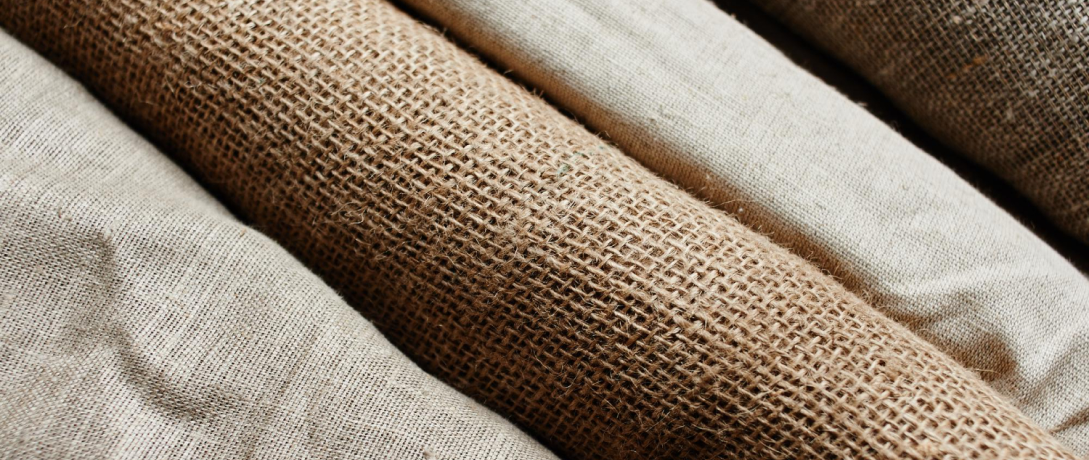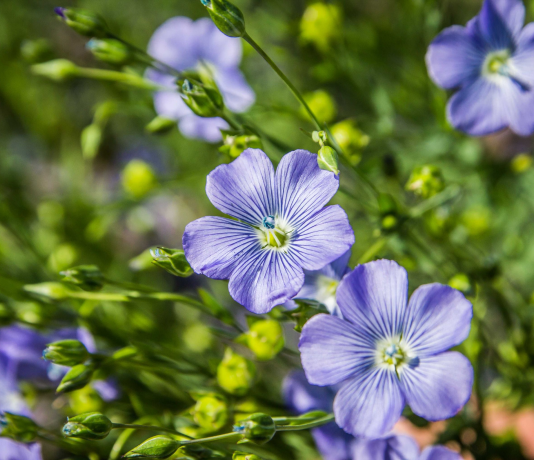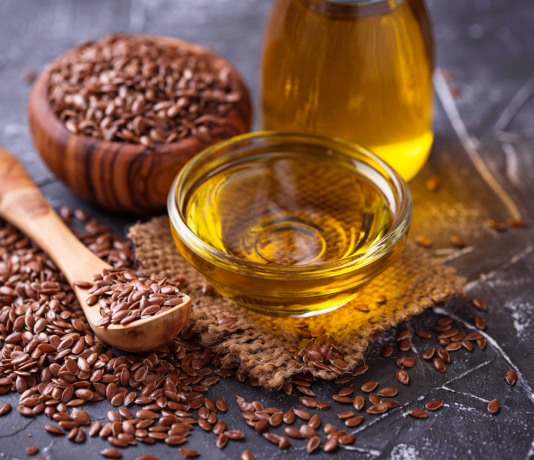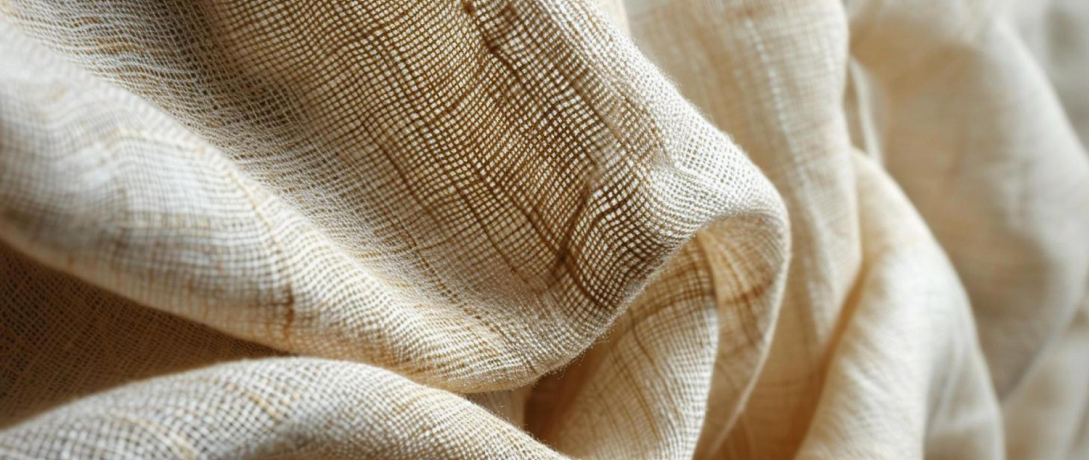Only by reflecting on the past, learning the origins of one’s culture and history, one can understand the present clearer and imagine the future.
Therefore, our time is marked by an unprecedented growth of interest in the problems of Ukrainian history, the origins of national culture, and the extraordinary achievements of the past.
Turning to folk traditions, historical, cultural and everyday heritage of ancestors is necessary not only for raising national dignity, but also for using the best traditions in today’s practice.
Since ancient times, one of the most important types of economic activity and artistic culture of Ukrainians, an integral part of the home occupations of every peasant family has been the cultivation and processing of plant fibers (flax, hemp) for the purpose of making fabrics for clothing and other needs.
Hence, flax is a traditional culture that clothed and fed the population of our region for a long time.
According to historians, in the 1st millennium BC the southern part of Eastern Europe was inhabited by Scythians. As evidenced by archaeological findings, they knew flax and used its products in everyday life: oil was made from the seeds, and fabrics for clothing were made from the fiber.
In the 5th century B.C. the Greek historian Herodotus visited Scythia and described its population. He noted that on the right bank of the Dnieper Scythians-ploughmen lived – these were agricultural tribes who were the original inhabitants of this region. The Scythians offered their trading partners the goods that would later make the Ukrainian land famous: grain, wax, honey, and fur. Among these goods were linen fabrics exported to the countries of the East.

The production of linen products has long been concentrated in Polissia, in the foothills and mountainous areas of the Carpathians; flax seeded areas were located mainly in the northern and northwestern regions of modern Chernihiv, Zhytomyr, Volyn, Sumy, Rivne, Ternopil, Kyiv, Lviv, Ivano-Frankivsk, Chernivtsi, and Khmelnytskyi regions. This is primarily due to the fact that the natural conditions were quite favorable for the cultivation of this culture.
The oldest written memo of Ukraine-Rus state that the processing of flax was well known to our most distant ancestors – the Slavs back in the so-called Kyivan period of history, when the entire area of Slavic settlements was limited to the Dnieper basin. They wove linen cloth, sewed clothes from it, wove fishing equipment and nets for catching birds, equipped boats with sails.
The Arab scientist Ibn-Faldan, during his travel at the beginning of the 10th century, noted the extraordinary beauty of the white clothes of the Slavs, which were made by them from cloth of local origin.
In the annals of Nestor the Chronicler, it is said that the cave monks themselves grew flax, produced cloth and made linen for themselves. Needlework and sewing were common in women’s monasteries. In the oldest annals, “The tale of bygone years”, it is reported not only about flax yarn, fiber, but also about church flax oil, which was used for lamps. Linseed oil was widely used for food purposes.
Revival of flax and hemp growing traditions in Ukraine.


For centuries, flax, along with wool, were the only types of fibrous substances used for clothing by our ancestors. Flax and its products were highly valued in Kievan Rus.
Thus, Grand duke Yaroslav included a special paragraph on punishment for the theft of linen in his church statutes (1050-1051). In accordance with the Charter, the thief was even fined.
Thus, in Ukraine-Rus of that time, flax was considered the most important plant. The cultivation of crops and the size of flax fiber production in that period can be assessed from the descriptions of the historical campaign of Prince Oleh to Tsarhrad in 907. According to ancient Rus chroniclers, for the campaign it was necessary to equip a sea armada unprecedented for those times, consisting of 2 thousand ships, which were equipped with sails made of coarse linen cloth of their own manufacture. And this was possible only with a sufficient amount of high-quality fiber, that presupposed developed flax industry.
Despite the primitive technology of cultivation and processing as well as large share of manual labor in the production of flax fiber, flax-making in the territory of Kyiv Rus developed so much that linen, yarn and oil began to be produced not only for own needs, but also for sale. In the 10th – 13th centuries, flax cultivation spread over almost the entire territory of the then state. Along with fur, lard, honey, and wax, linen has a significant place in the exchange stock of Kyivan Rus. Products from it were sold at auctions and even abroad. Gradually, the trade in flax acquired great importance, and in the 13th century industrial flax industry emerged.

The period of the second half of the 18th and the first quarter of the 19th century was marked by the rapid development of linen production, both factory and artisanal.
Large trade fairs that lasted for weeks and offered for sale a huge variety of goods, including linen products, took place in Nizhyn, Romny, Kyiv, Pereyaslav, Poltava, Kharkiv and other cities. During the year, four fairs were held in Kharkiv: Khreschenskyi, Troitskyi, Uspenskyi, Pokrovsky. There were two in Sumy – Zbirny and Vidensky. Merchants from the central regions brought one to two hundred wagons of cloth of various kinds to these fairs.
Thus, based on the social conditions that historically developed on the territory of Ukraine at the beginning of the 19th century, an intensive transition from artisanal flax production to industrial production began, which required the study and scientific generalization of folk agronomic knowledge, the economic experience of processing flax raw materials, and forecasting the further development of the industry.
(Extracts from the text: N. Kruhla,
“Ethnic history of the peoples of Europe”
Scientific publication of Taras Shevchenko KNU)